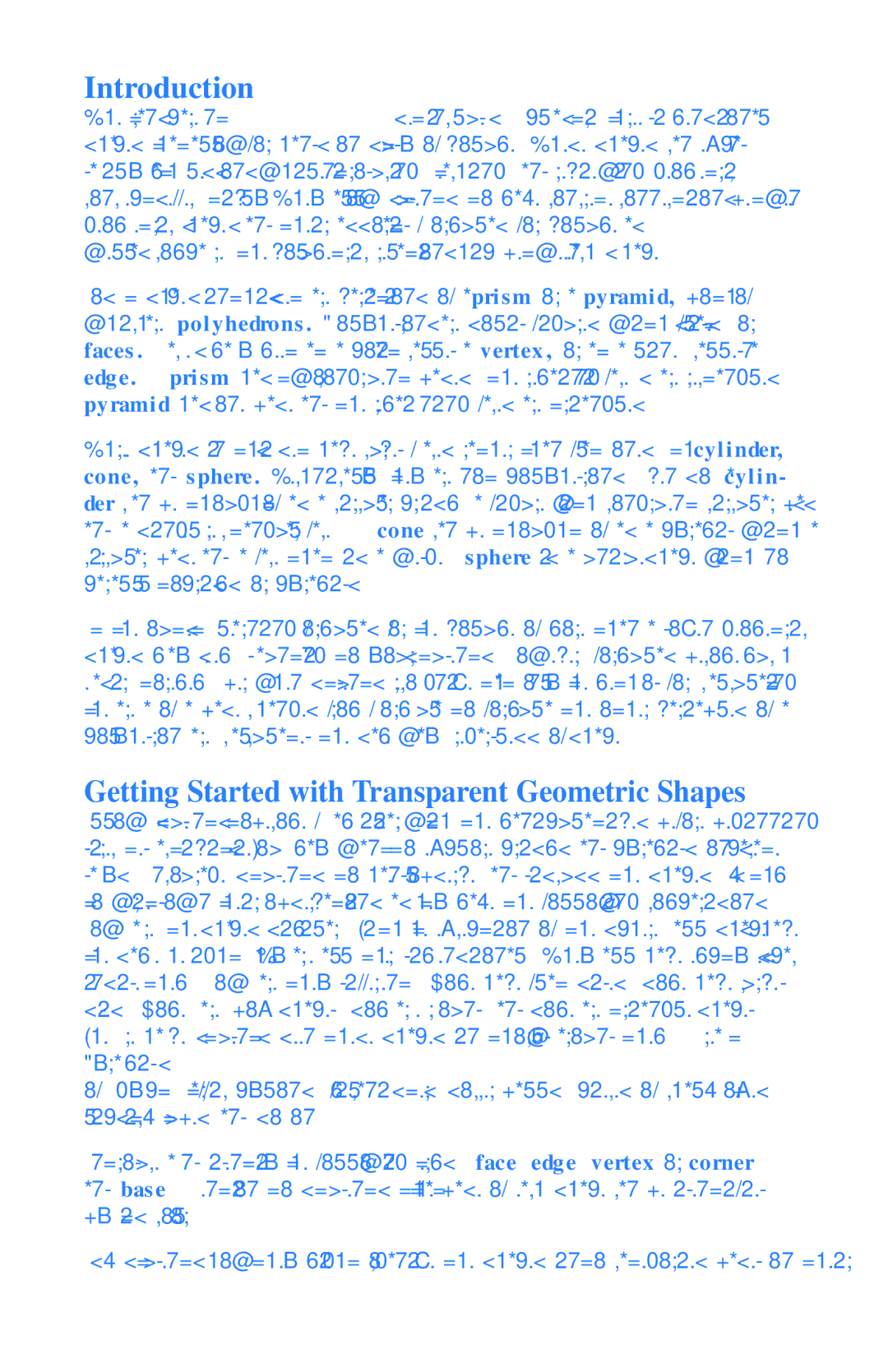LRM320B-GUD specifications
Learning Resources LRM320B-GUD is an innovative educational tool designed to enhance the learning experience for young students. Aimed primarily at early childhood education, this resource supports a diverse range of learning styles and fosters engagement through interactive play.One of the main features of the LRM320B-GUD is its focus on foundational skills. The product is designed to assist with literacy, numeracy, and fine motor skills, making it an invaluable resource for educators. By integrating play with education, the LRM320B-GUD encourages children to learn in a relaxed and enjoyable environment.
The LRM320B-GUD incorporates advanced technologies to enhance its functionality. Many of these resources come with interactive components that provide instant feedback, allowing children to understand their progress in real-time. This feature is crucial as it fosters self-assessment and motivates children to improve their skills independently. Additionally, some versions of the LRM320B-GUD may include digital elements, such as apps or software that sync with the physical learning tools, creating a comprehensive educational experience.
Another significant characteristic of the LRM320B-GUD is its adaptability. This resource can be used in a variety of settings, including classrooms, home play areas, or learning centers. Its versatility means that educators can tailor activities to meet the specific needs of their students, making it easier to address individual learning goals and challenges.
Furthermore, the materials used in the LRM320B-GUD are often durable and child-friendly, ensuring long-lasting use. The vibrant colors and engaging designs are not only visually appealing but also designed to capture the attention of young learners, promoting sustained interest and focus.
In conclusion, Learning Resources LRM320B-GUD stands out as a remarkable educational tool that seamlessly blends learning with play. Its focus on essential skills, incorporation of interactive technologies, and adaptable nature make it a valuable resource for anyone involved in early childhood education. By fostering a love for learning, the LRM320B-GUD is paving the way for future generations to thrive in an increasingly complex and dynamic world.
